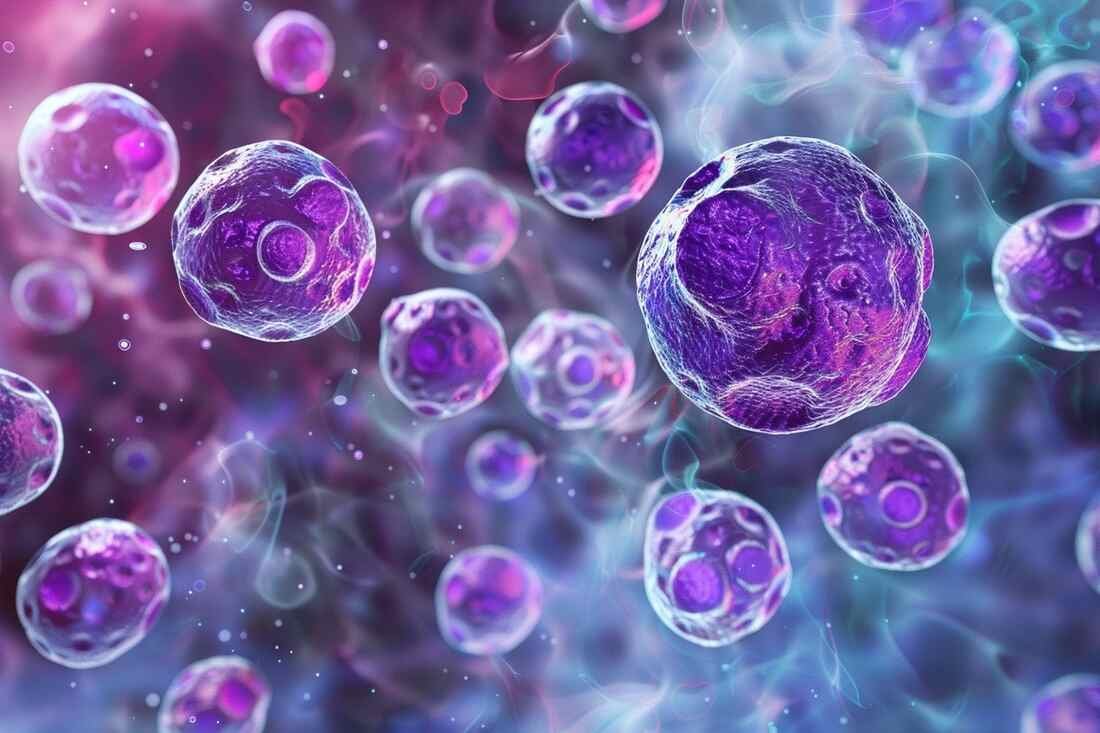Understanding PrEP and PEP: Essential HIV Prevention Strategies
Pre-exposure prophylaxis (PrEP) and Post-exposure prophylaxis (PEP) are two powerful tools used to prevent the transmission of HIV. These medications are designed to reduce the risk of HIV infection in people who are either at high risk of exposure or have potentially been exposed to the virus.
While both PrEP and PEP are effective in preventing HIV, they serve different purposes. This article will explain how these medications work, who should take them, and how they fit into an overall HIV prevention strategy.
Summary PrEP vs. PEP
While both PrEP and PEP are highly effective in preventing HIV, they are used in different situations:
- PrEP (Pre-exposure prophylaxis) is taken before potential HIV exposure to reduce the risk of infection, especially for those at high risk, like from sex or drug use. It’s highly effective when used consistently.
- PEP (Post-exposure prophylaxis) is taken after possible HIV exposure, ideally within 72 hours, to prevent infection. It is used in emergencies, such as after unprotected sex or needle exposure. Both PrEP and PEP help protect HIV-negative individuals from infection.
What is PrEP?
PrEP (Pre-exposure prophylaxis) is a daily medication taken by HIV-negative individuals to prevent infection. PrEP is highly effective at reducing the risk of HIV transmission, particularly through sexual contact or intravenous drug use.
How Does PrEP Work?
PrEP involves taking a prescription medication, such as Truvada or Descovy, which contains antiretroviral drugs. These drugs work by preventing HIV from establishing an infection in the body if an individual is exposed to the virus.
Who Should Take PrEP?
PrEP is recommended for people at higher risk of HIV infection, including:
- Individuals in a sexual relationship with an HIV-positive partner.
- Those who have multiple sexual partners and do not consistently use condoms.
- People who inject drugs and share needles.
- Individuals with a history of sexually transmitted infections (STIs) or who have frequent unprotected sex.
How Effective is PrEP?
When taken daily as prescribed, PrEP is highly effective at preventing HIV. Research shows that:
- PrEP reduces the risk of HIV infection by 99% in people who engage in sexual contact.
- It lowers the risk of infection by 74% for those who inject drugs.
Side Effects of PrEP
Most people tolerate PrEP well, but some may experience mild side effects such as nausea, headaches, or fatigue. These usually go away after a few weeks of use.
How to Get PrEP
PrEP is available by prescription and requires regular medical check-ups, including HIV testing every three months to ensure that the individual remains HIV-negative while taking the medication. It is crucial to consult a healthcare provider to discuss whether PrEP is the right option for you.
Read also: Kiyoshi Kuromiya | Anti-war, gay liberation, and HIV/AIDS activist
What is PEP?
PEP (Post-exposure prophylaxis) is an emergency HIV prevention treatment taken after a potential exposure to the virus. Unlike PrEP, which is taken daily before exposure, PEP is used after an individual has been exposed to HIV, such as through unprotected sex or a needlestick injury.
How Does PEP Work?
PEP involves taking antiretroviral medications for 28 days. These medications work by stopping the virus from replicating in the body, potentially preventing the establishment of an infection.
Who Should Take PEP?
PEP is recommended for individuals who may have been recently exposed to HIV through:
- Unprotected sexual contact with an HIV-positive or high-risk partner.
- Condom failure or breakage during sex with an HIV-positive partner.
- Sharing needles or other injection drug equipment.
- Healthcare workers who experience needlestick injuries or exposure to potentially HIV-contaminated fluids.
How Effective is PEP?
PEP is most effective when started as soon as possible, preferably within 72 hours of potential HIV exposure. The sooner PEP is started, the higher its success rate. Delaying treatment beyond 72 hours reduces its effectiveness significantly.
Side Effects of PEP
PEP can cause side effects, such as nausea, diarrhea, and fatigue, but these generally subside after completing the 28-day course. In rare cases, more severe side effects may occur, but healthcare providers will monitor patients closely.
How to Get PEP
PEP must be started within 72 hours of exposure. It is available by prescription, typically in emergency rooms, urgent care centers, or through healthcare providers. If you believe you’ve been exposed to HIV, it’s important to seek medical attention immediately.
How PrEP and PEP Fit into an HIV Prevention Strategy
PrEP and PEP are part of a broader approach to HIV prevention. Other strategies include:
- Consistent condom use during sex.
- Regular HIV testing for those at higher risk.
- Needle exchange programs for people who inject drugs.
- Sex education to promote safer behaviors.
PrEP and PEP should be used alongside these methods to maximize HIV prevention and reduce the spread of the virus.
Conclusion
PrEP and PEP are effective, science-backed strategies for preventing HIV transmission. PrEP is ideal for individuals at ongoing risk of exposure, while PEP provides an emergency option after potential exposure. Both medications are key components of a comprehensive HIV prevention plan. With proper use, they significantly reduce the risk of HIV infection and contribute to a healthier, safer community.
If you think you’re at risk for HIV, speak with a healthcare provider about whether PrEP or PEP is right for you.
Sources: PinterPandai, Centers for Disease Control and Prevention (.gov) in pdf, MedlinePlus (.gov), National Institutes of Health (NIH) (.gov)
Photo powered by Midjourney
The difference between HIV and AIDS | Causes, Symptoms, Diagnosis, Treatment, Prevention



